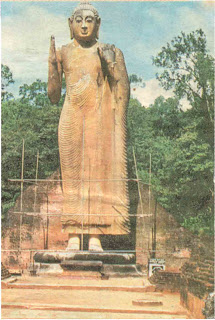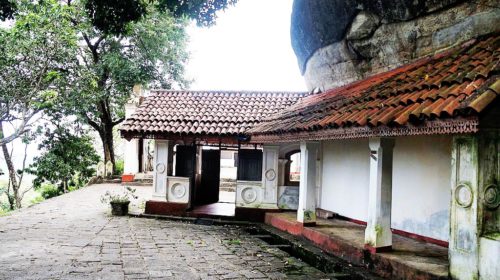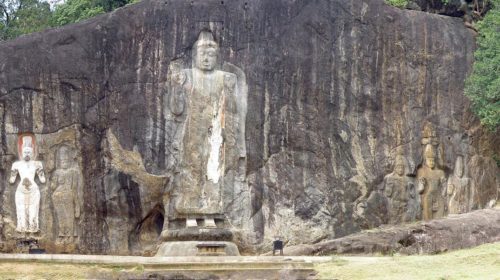Ancient Buddha statues in our country

After the eradication of the Buddha, artists were enticed to cut Buddha sculptures to mirror the respect of the lovers for Gautama Buddha. Prior to the cutting of the Buddha sculptures, the aficionados who took shelter in Gautama Buddha were moved to love the hallowed feet of the Buddha.
Gandhara, Mathura and Amaravathi workmanship customs can be found in the Buddha sculpture craftsmanship. The most seasoned Buddha sculptures in India are found in the northwestern piece of the country. That is it. In the rule of King Kanishka, who ruled around 120. Be that as it may, as indicated by the scholarly people of our country, the most seasoned Buddha sculptures have been made in Sri Lanka.
Samadhi Buddha sculpture in Anuradhapura

The Samadhi sculpture at the Mahamevuna Garden in Anuradhapura is viewed as one of the most well known manifestations on the planet because of its essentialness. This gives the extraordinary grace of the Supreme Buddha. The manner in which the right foot is set over the left foot is known as the “Veerasana” seal and the manner in which the right hand is put on the left hand is known as the “Samadhi” seal. The Samadhi Buddha sculpture is 7 feet 3 inches high.
Aukana Buddha sculpture

The extraordinary manly elements of the Supreme Buddha are made in this sculpture. It is cut on a lotus seat confronting the Kala Wewa. The 37.26 feet tall Aukana sculpture is planned with the right hand confronting the left half of the sculpture. This Buddha sculpture is accepted to have been cut around the eighth century AD.
Maligawila Buddha sculpture

Situated in Okkampitiya in the Monaragala District, this sculpture isn’t cut out of rock like different sculptures. This is cut out of precious stone limestone. This is a standing sculpture. 37 feet 10 inches high. It is at present the tallest standing sculpture in Sri Lanka.
Buddha sculpture in the stone sanctuary

Four Buddha sculptures can be seen at the stone sanctuary in Polonnaruwa. There are two Samadhi sculptures, a standing sculpture and a leaning back sculpture. These sculptures are joined to the actual stone.
The situated sculpture is an enormous leaning back leaning back sculpture with a Vajrasana reflective seal and the standing sculpture in a samadhi act. The standing sculpture is 22 feet 9 inches high. This is AD. Made by King Parakramabahu the Great around 1153.
The sculpture of Maha Illuppallama

As per Prof. Senarath Paranavithana, this was brought from the Amaravathi Buddhist Arts Center in Andhra Pradesh, South India. Advertisement The sculpture is accepted to have been made in the primary century and is six feet high.
Tholuwila Buddha sculpture

Archeological Commissioner H.C. F. Chime found this show-stopper in 1890 AD in the Toluwila space of Anuradhapura. This sculpture is supposed to be the most wonderful sculpture found in Anuradhapura, presumably because of the grandness of this sculpture.
The wonder that rises up out of the substance of the sculpture is reflected in the unsettled style of the eminent hair. Chivara is sans wrinkle. This sculpture is 5 feet 9 inches high and is available in the fifth century ninth century.
Sasseru standing sculpture

Goliath standing sculpture found in the Sasseruwa wilderness gorge It is accepted to have a place with the third century. This is more limited than the Aukana sculpture. It is cut into the stone and has no balance. Addresses the Abhaya seal. Mr. Paranavithana is of the assessment that this was finished by King Mahasen on the directions of the Mahayana priests. It is said that the work on the sculpture was not finished as the lord kicked the bucket before the work could be finished.
H.C.P. As indicated by Mr. Bell, the sculpture is 39 feet 3 inches high. The head is 7 feet 4 inches. The base is 7 feet 4 inches. This is viewed as a sculpture of Maitreya Buddha. The Sasseruwa Buddha sculpture close to the Aukana sculpture mirrors the extraordinary creative elements. On the right hand side of this Buddha sculpture, which is cut at full stature on the stone divider, is the Abhaya Mudra.




Thanks